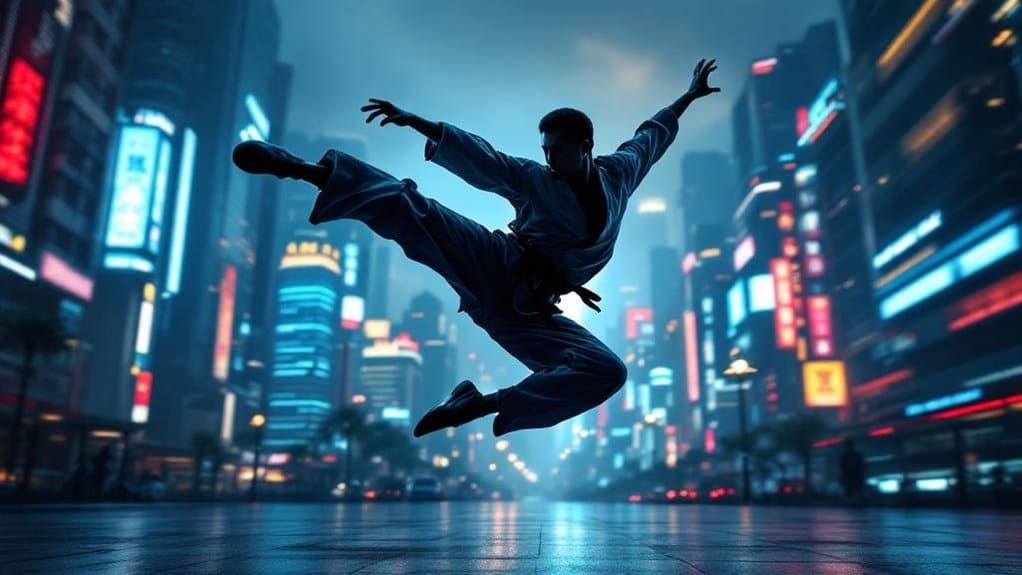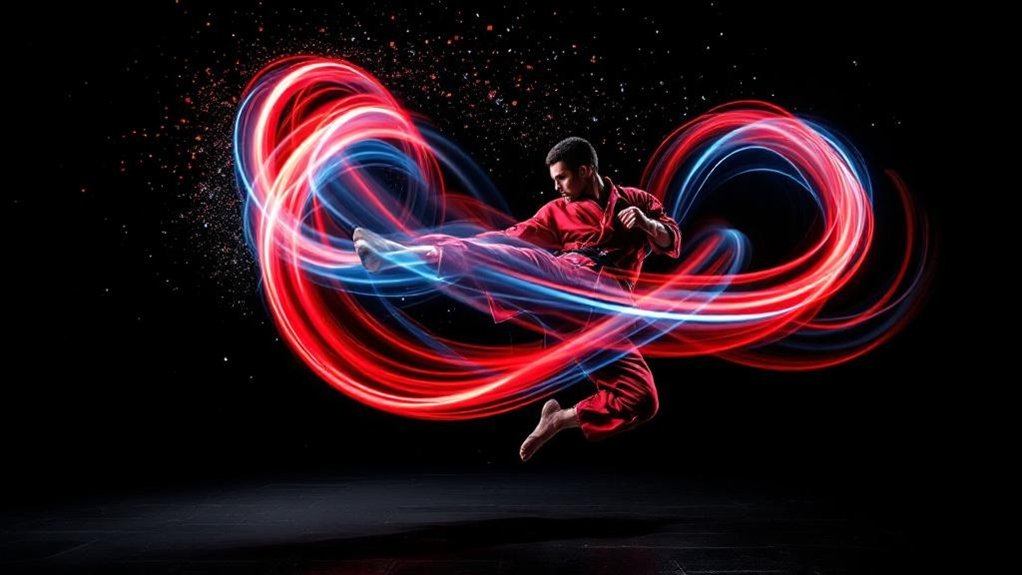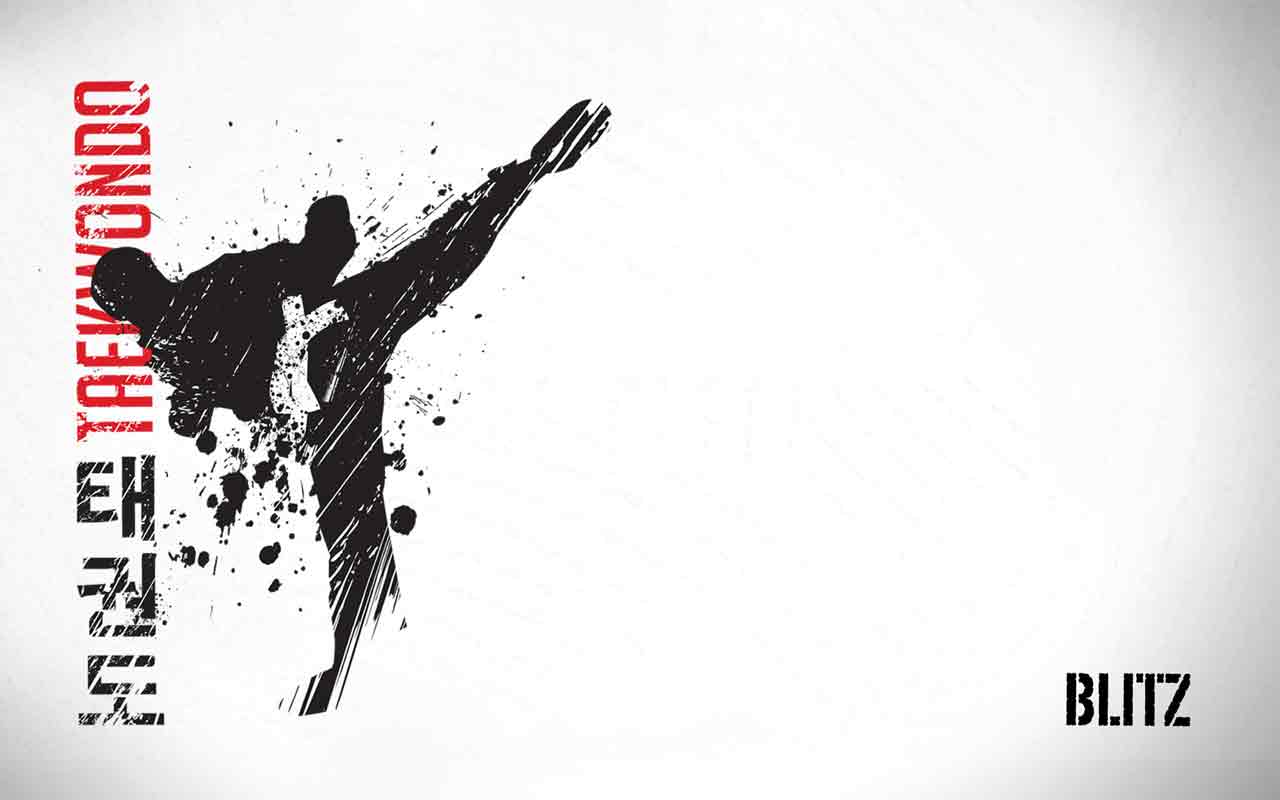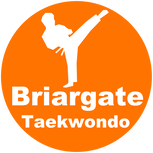When you watch a masterfully choreographed martial arts scene, you’re not just seeing punches and kicks – you’re witnessing a dance of power, skill, and human emotion. I’ve spent countless hours analyzing how legends like Bruce Lee and Jackie Chan transform simple movements into compelling stories. From the raw intensity of street fights to the graceful flow of traditional forms, martial arts brings an authenticity that augments films beyond mere entertainment. Let’s investigate how this ancient art form creates magic on the silver screen.
The Evolution of Combat Choreography in Modern Cinema
When I look back at how combat choreography has evolved in modern cinema, I’m amazed by the incredible journey we’ve witnessed. You’ll see how technical advancements have transformed simple fight scenes into complex storytelling tools.
Modern fight choreography incorporates basic stance training to ensure actors maintain authenticity in their movements. The narrative significance of martial arts now goes beyond just entertainment – it’s about character development, emotional arcs, and cultural fusion. Modern martial arts sequences emphasize mental discipline techniques to portray authentic character growth. We’ve moved from basic punches to intricate sequences that blend multiple fighting styles. Like the innovations of the 19th century, modern fight scenes benefit from having specialized fight directors who meticulously plan and choreograph each combat sequence. With the influence of stars like Jackie Chan, action sequences now showcase a brilliant combination of acrobatic martial arts and comedy elements.
Physical Storytelling Through Martial Arts Performance
Physical storytelling through martial arts captures my heart every time I watch a beautifully choreographed fight scene. When you see a fighter’s stance shift or their strikes intensify, you’re witnessing pure emotional expression without words.
Mental discipline and focused training shine through in every authentic combat sequence, elevating the art beyond mere entertainment. The art’s emphasis on inner peace helps create moments of profound stillness even amid intense action. I’ve learned that every block, kick, and counter reveals narrative depth about who these characters are. Their movements tell stories of struggle, determination, and transformation. These dynamic sequences expertly blend reality and fantasy to create an unforgettable viewing experience. Pioneers like Bruce Lee revolutionized how action sequences could convey deep character emotion through movement.
Cultural Fusion and Global Impact on Action Films

Throughout my years studying martial arts films, I’ve witnessed an incredible transformation in how different fighting styles and cultural traditions blend together on screen. From ancient Korean martial arts like Hwarang warrior traditions, Taekwondo’s influence can be seen in many modern action films’ dynamic kicking techniques. Olympic recognition of Taekwondo in 1988 helped cement its global influence in martial arts cinema. Bruce Lee’s pioneering work in films like Enter the Dragon revolutionized how martial arts were portrayed in Hollywood cinema. You’ll see how diverse narratives from Brazil’s Jiu Jitsu to Thailand’s Muay Thai have reinvented action sequences. When I watch films like “The Matrix” or “John Wick,” I’m amazed by how multicultural representation has enhanced fight choreography beyond simple combat into powerful storytelling. These films have inspired countless people to begin their own martial arts journeys, creating a lasting impact on global fitness and self-defense culture.
The Psychology of Fight Sequences and Audience Connection
As I sit in darkened theaters studying audience reactions during martial arts films, I’m fascinated by the invisible threads connecting viewers to the action on screen.
The structured progression of training routines depicted in fight scenes captivates audiences through familiar milestones of achievement. You’ll notice how emotional immersion intensifies when viewers identify with characters, their facial expressions synchronizing with nearby watchers. The introduction of mixed martial arts in modern cinema has revolutionized how audiences perceive and connect with realistic combat sequences. The cognitive process of transportation allows viewers to become mentally and emotionally invested in the fictional world of combat. Self-discipline and humility shine through in compelling fight choreography, drawing viewers deeper into the characters’ journeys.
Through moral decision making and shared empathy, we process complex themes of justice and honor, transforming simple fight scenes into profound psychological experiences.
Technical Innovation and Visual Artistry in Combat Scenes

Modern martial arts cinema has transformed into a breathtaking fusion of technology and artistry that I’m genuinely keen to investigate with you. I’ve watched how high-definition cameras capture every nuance of accessible fight choreography, while CGI effortlessly augments the visual experience. The most impressive scenes showcase actors performing proper hip rotation to deliver devastating kicks with maximum impact and speed.
What excites me most is seeing empowered female characters perform gravity-defying moves through advanced wirework, creating combat sequences that feel both authentic and magical. Just as Olympic gold medalists like Jade Jones and María Espinoza demonstrate peak physical prowess in real-world taekwondo competitions, modern cinema brings these elite movements to the screen with stunning precision.
Frequently Asked Questions
How Do Martial Arts Actors Prevent Injuries During Intense Fight Scenes?
You’ll prevent injuries by mastering stunt coordination techniques, wearing proper protective equipment like headgear and mouthguards, practicing at reduced speeds, and working with qualified spotters who monitor your safety during complex sequences.
What Percentage of Martial Arts Movie Stars Have Formal Combat Training?
You’ll find that over 50% of martial arts stars have formal combat training. While some come from traditional martial arts backgrounds, others develop their skills through intensive stunt training experiences specifically for movie roles.
Do Insurance Companies Charge Higher Premiums for Martial Arts Film Productions?
Yes, you’ll find insurance companies charge substantially higher premiums for martial arts productions due to amplified risk factors and liability concerns. The intense stunts, combat scenes, and potential injuries directly impact your insurance costs.
How Long Does It Typically Take to Choreograph a Martial Arts Sequence?
While simple fights take days, complex sequences need weeks. You’ll find choreography planning with your stunt coordinator typically requires 2-4 weeks of preparation, depending on the scene’s complexity and performer capabilities.
What Martial Arts Styles Are Most Commonly Featured in Hollywood Films?
You’ll see Kung Fu, Karate, and MMA dominating Hollywood’s martial arts choreography. Due to their stunt performer qualifications and choreography complexity, these styles offer reliable, visually dynamic sequences that directors can confidently film.
Conclusion
While you might think martial arts scenes are just flashy entertainment, they’re actually powerful storytelling tools that’ll transform how you experience cinema. You’ll see beyond the kicks and punches to appreciate the deeper cultural exchange, character development, and artistic innovation. When done right, martial arts sequences aren’t just about the fight – they’re about connecting you emotionally to the story through movement, rhythm, and visual poetry.

HOW ABOUT 4 WEEKS FOR $49?
Take advantage of this amazing special, before it’s too late!
